Shitsurindo and ZOZO NEXT Launched Collaborative Research on New Lacquer Techniques
KOGEI Topics VOL.19
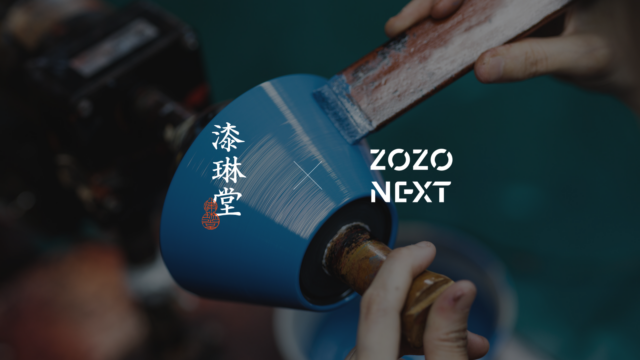

VOL.1-19
Update
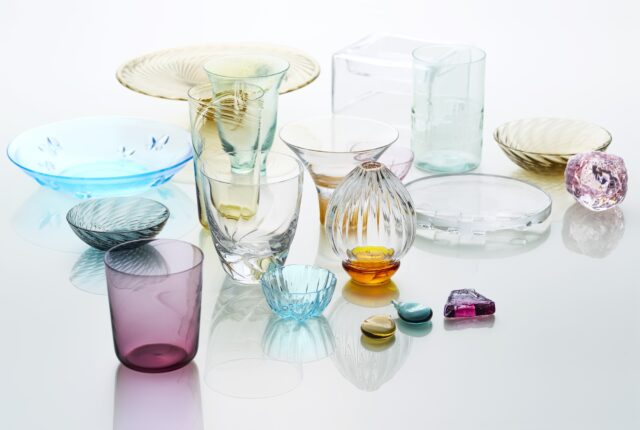
VOL.1-17
Update
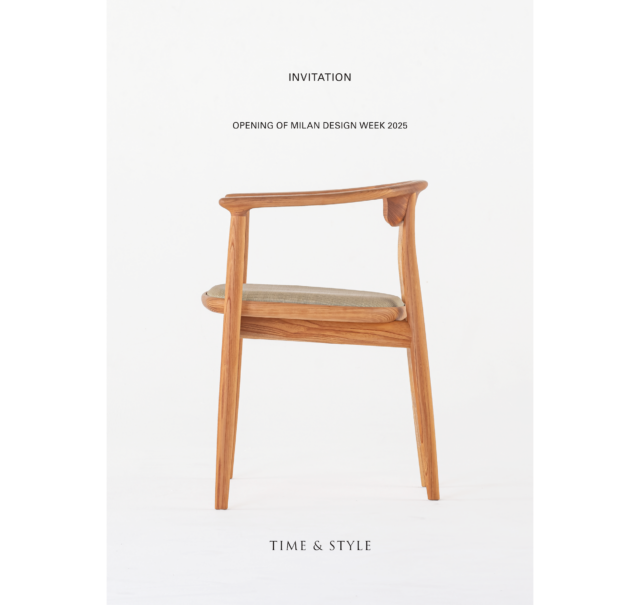
VOL.1-43
Update
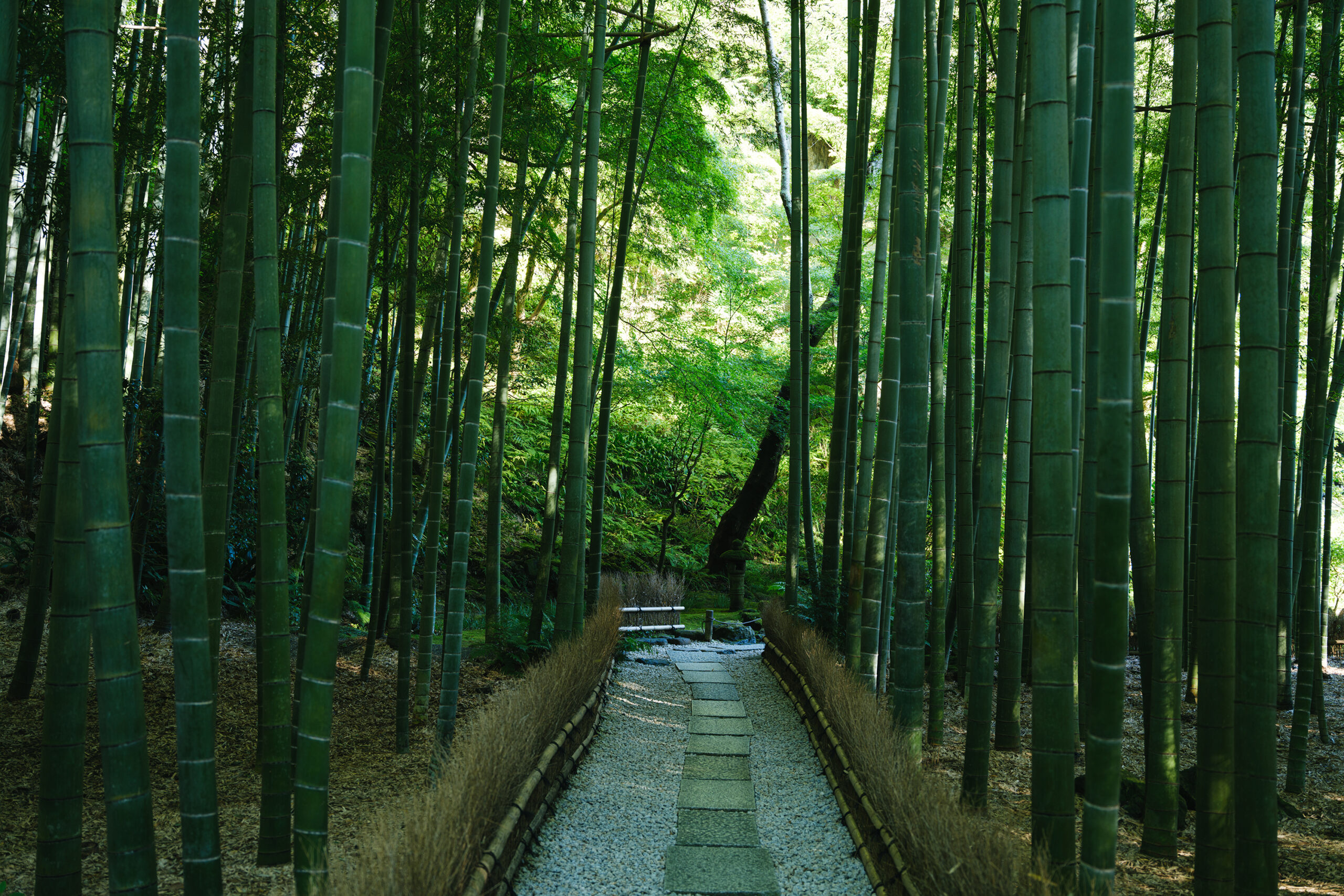
VOL.1-2
Update
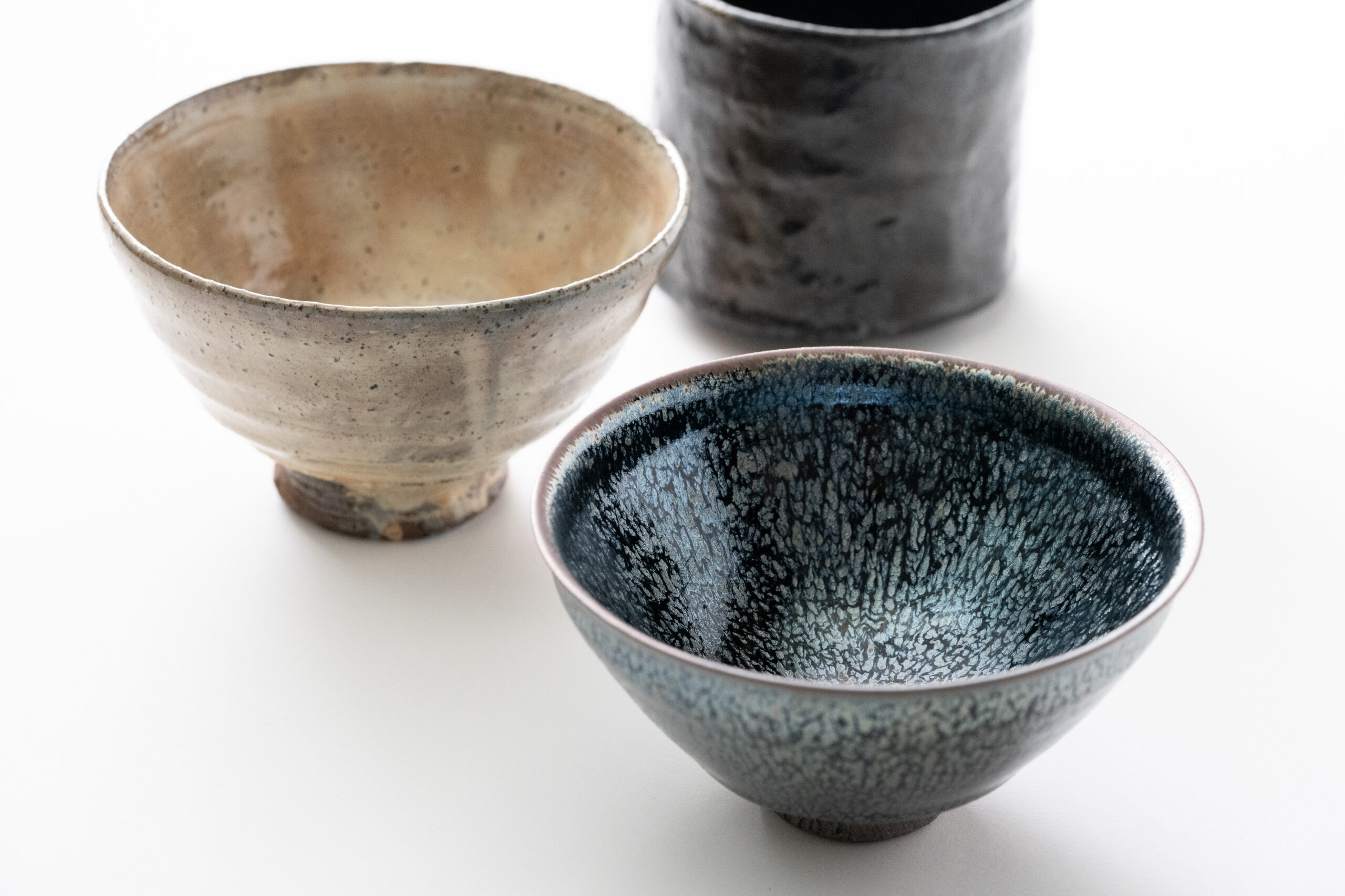
VOL.1-3
Update

VOL.1
Update
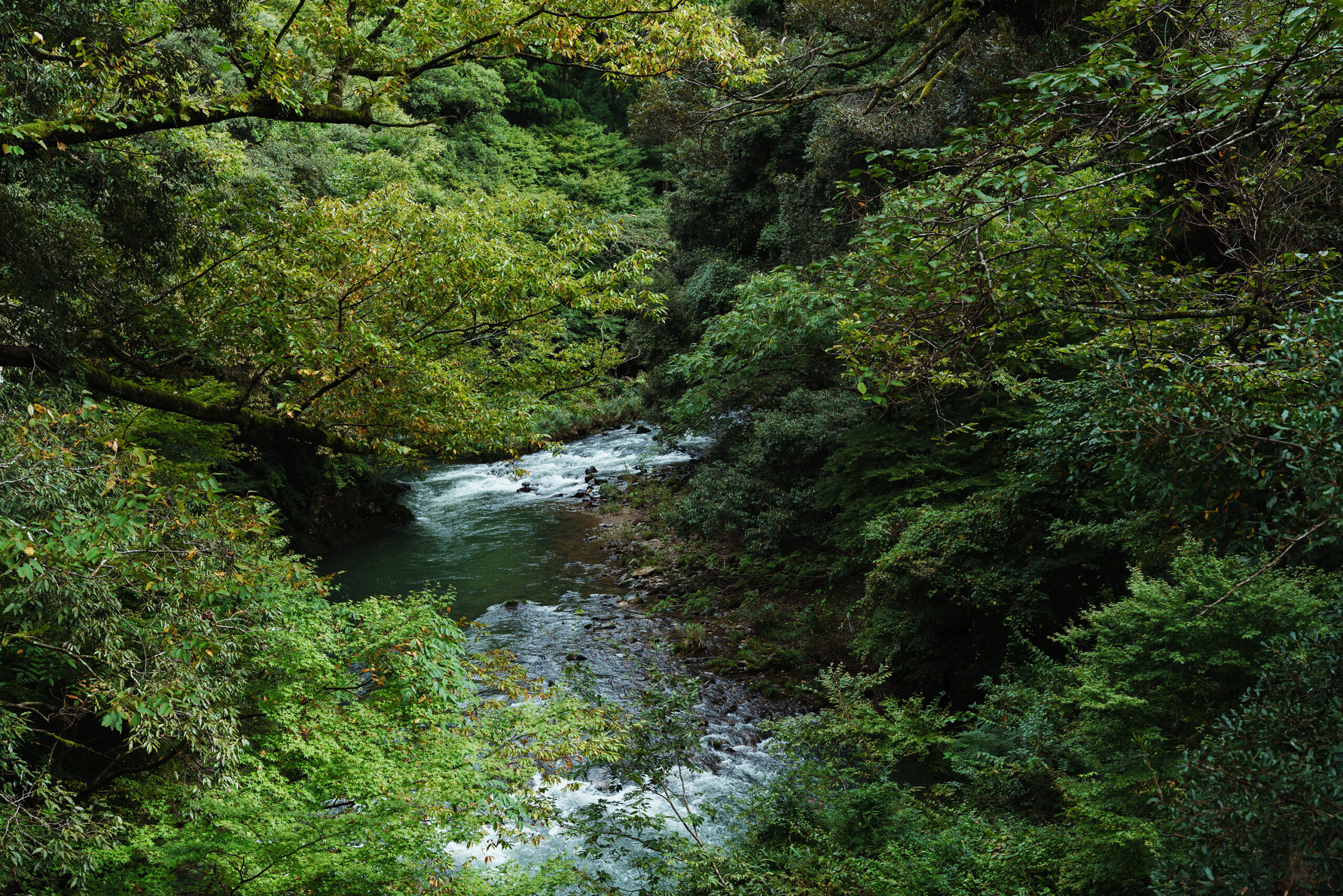
VOL.1-7
Update
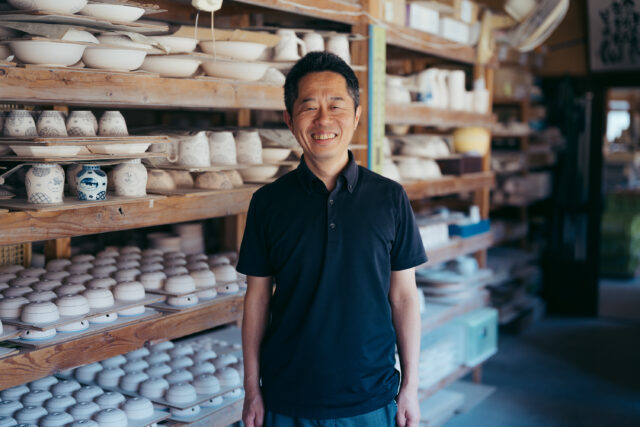
VOL.1-32
Update
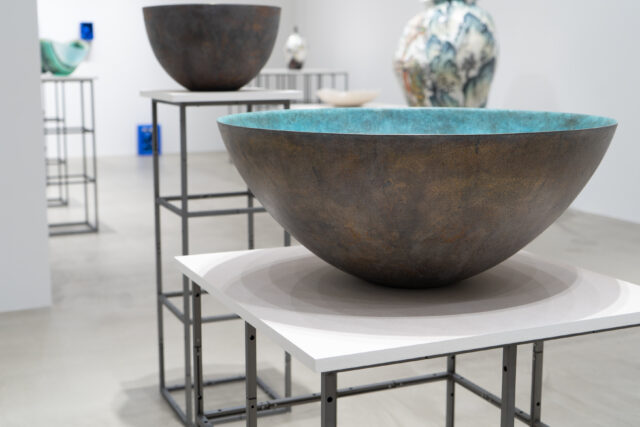
VOL.1-26
Update
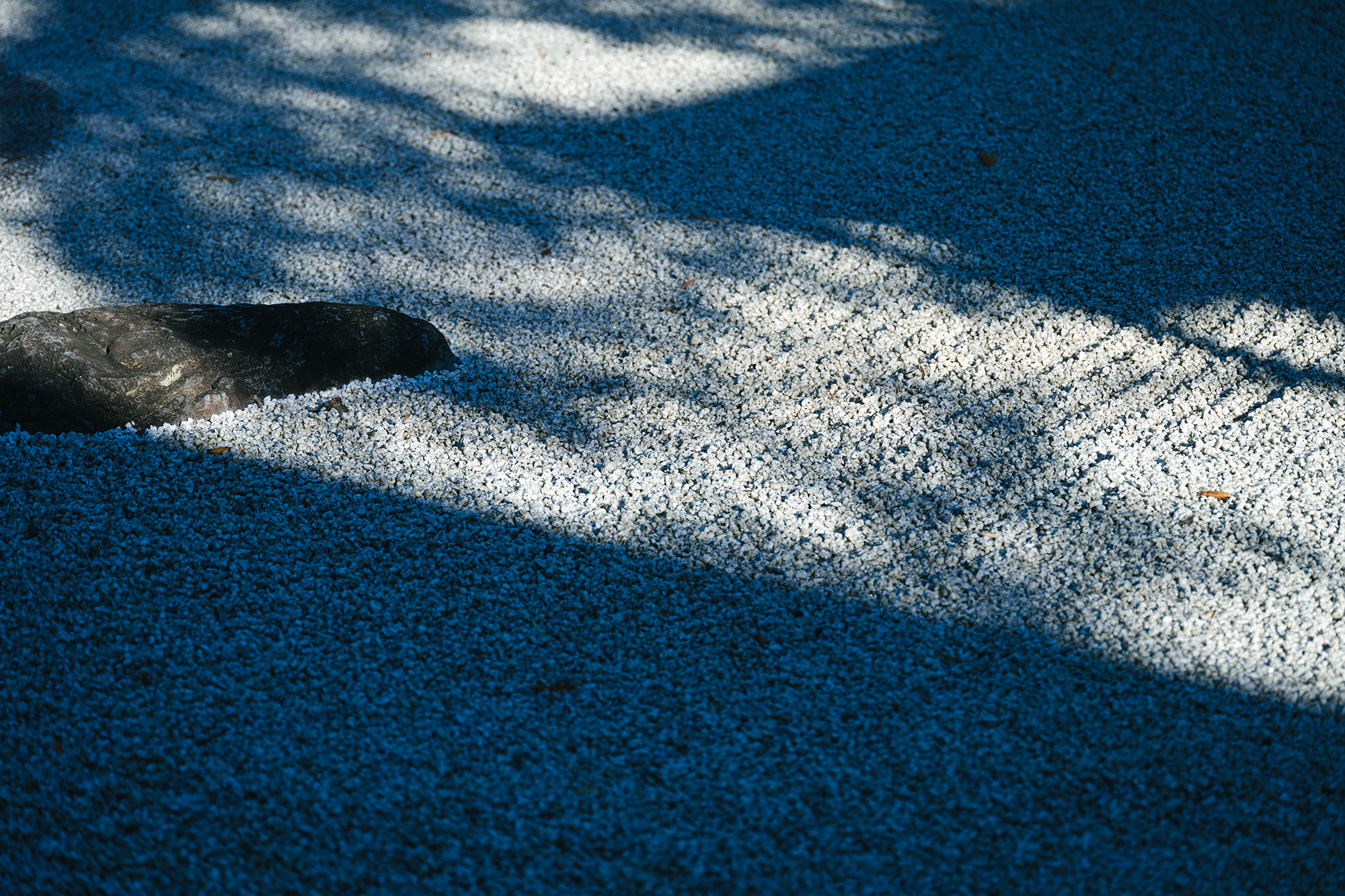
VOL.1-12
Update

VOL.1-3
Update
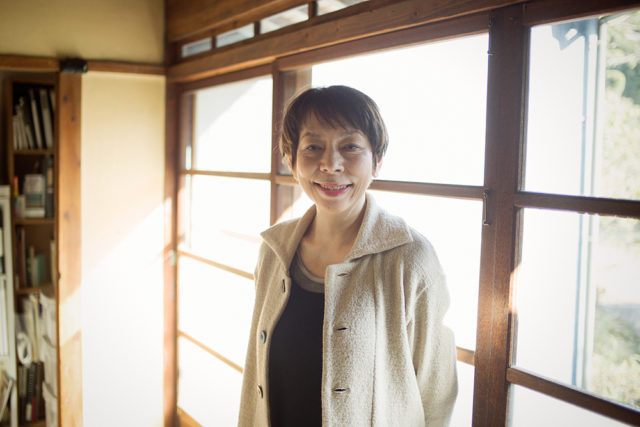
VOL.1
Update
We share a variety of information and perspectives on Japanese crafts, including exhibition information and interviews.
KOGEI Topics VOL.19
New Products VOL.17
Featured Exhibitions & Events VOL.43
KOGEI Topics VOL.18
Apr 5 – Jun 22, 2025
SEIKADO BUNKO ART MUSEUM
Apr 8 – May 6, 2025
The Gotoh Museum
Apr 11 – Jun 15, 2025
Kyoto City KYOCERA Museum of Art
Apr 12 – Jun 29, 2025
TOGURI MUSEUM OF ART

Takeshi Imaizumi’s works are beautiful. Behind the one-of-a-kind, self-taught expression that he has mastered by jumping into the royal path of the Chinese ceramics known as Celadon and Tenmoku, which many ceramic artists have tried to follow, lies his earnest pursuit of beautiful ceramics.
We asked Takeshi, who is approaching maturity as an artist, about his thoughts on ceramics while looking back on his career to date.
Interview by Kyoko Tsutsumi
Takeshi Imaizumi is a ceramic artist based in Saitama Prefecture. He began making pottery while still a university student, and after graduating he went to Tajimi in Gifu Prefecture for further technical study before establishing his own studio. He has been working diligently to produce his own works, focusing on Tenmoku and Celadon. While learning from masterpieces such as those from the Song Dynasty in China, he continues to test new glaze formulations and firing techniques in pursuit of an expression uniquely his own.
PROFILEWhen I was a sophomore at college, I went to see the “Masterpieces of Chinese Ceramics” exhibition at the Sezon Museum of Art in Ikebukuro, Tokyo. There, the “Yuteki Tenmoku” tea bowl from the collection of the Museum of Oriental Ceramics was on display. It was in a case and sparkling, and I thought to myself, “There’s an amazing piece!” Until then, I liked Raku and Oribe, and did not think Chinese ceramics were good, nor did I want to work with them. I saw it as something that my seniors were doing. You might say that it was at such a time that I actually saw “Yuteki Tenmoku” and was pulled in a different direction from Momoyama ware. That is why I still go to see this “Yuteki Tenmoku” every once in a while. When I see it I feel as if I want to say, “Hi, it’s been a long time,” or “I’m still working hard on my ceramics.” (Laughs) My impression of it hasn’t changed much. No matter how many times I see it, it always looks as sparkling as it did when I first saw it. There was also a slightly smaller Celadon tea bowl called “Mangetsu,” which means “Full Moon,” which was also great. After this exhibition, both Celadon and Tenmoku became much more a part of my ceramics. So I looked up how to make glazes in a glaze book and told myself, “Let’s give it a try.” That is how I started.
I believe that the transformation of clay and glaze through firing is the greatest charm and beauty of ceramics. The form is also important, as beauty can be achieved through a beautiful upright posture and even when viewed from the side. Recently, I have been conscious of loosening up. The most natural shape on the potter’s wheel is one that opens up. I think the most graceful shape comes from the part that opens up. That’s why I want to throw bowls and tea bowls with a sense of freedom so that the bowls have a sense of relaxed openness.
I have many memories from the early 2010s when I started doing solo exhibitions at galleries such as Kakiden Gallery and the Nihonbashi Mitsukoshi department store in Tokyo. It was a time when people gave me a lot of feedback and opinions on my work, probably because I was young and inexperienced. For example, I remember when Seizo Hayashiya, an honorary curator of the Tokyo National Museum, visited my exhibition and gave me brief but meaningful praise. His simple phrase “This is good” made me think, “What is it about this piece that he likes?” When someone bought my work, it made me really happy because it meant they thought it was worth it. Gradually, I gained more confidence in my work. But I still couldn’t get the general public to pick up my works at all. Perhaps it was because all of my works were too conceptual. Even the award-winning black-glazed piece at the “Japan Ceramic Art Exhibition” in 2009 left me wondering, “It’s beautiful, but so what?” Looking back, I was probably trying to show off my skills by adding some tricks and techniques to my work like “Let’s add this one special thing.” It was probably because I was young back then. But I learned that it’s not necessary to add some kind of gimmick or trick. Maybe that’s where I changed, as I received feedback from people like Hayashiya-san, I gradually found the right balance between what I want to do, what I should do, and what others can appreciate. My Tenmoku pieces have improved over time, and at my third solo exhibition at Kakiden Gallery in 2015, I received a lot of positive feedback from customers. Since my first solo exhibition in 2011, the number of customers has gradually increased, and I was hoping to sell more. When I actually did, I remember driving back home feeling overjoyed.
Until then, my senior colleagues who were successfully working would say to me, “It’s your turn to sell yourself now, Imazumi.” And I would reply with a laugh, “I don’t think I can sell myself.” I used to think that if I won awards, I would become popular. But in reality, that’s not the case. Winning awards might give you opportunities for exhibitions, but from there on out, it’s up to your own ability and performance. Saying that something will “sell” is easy, but I really came to understand that it has nothing to do with awards and that what matters is something that people will pick up and think is “good.”
